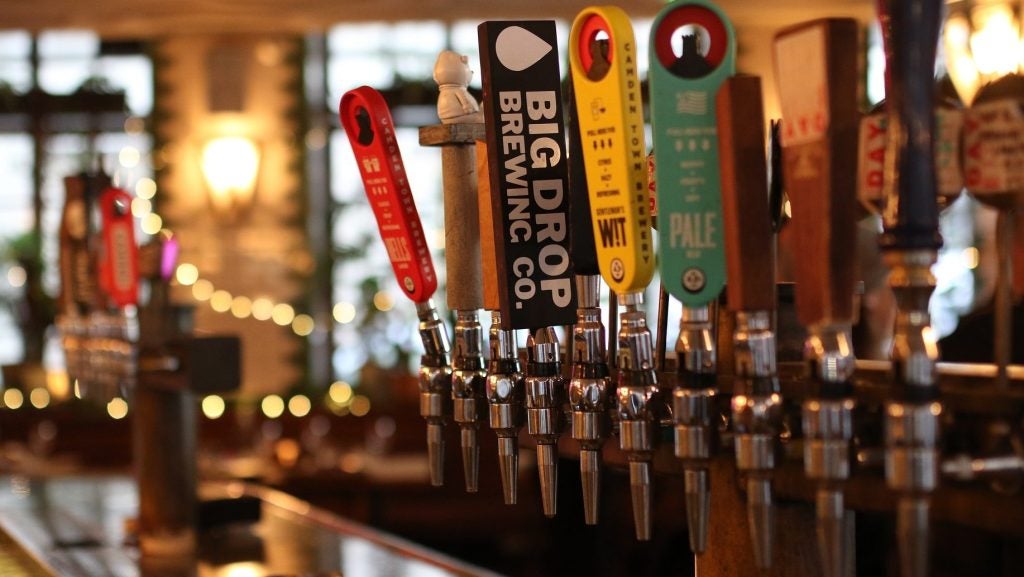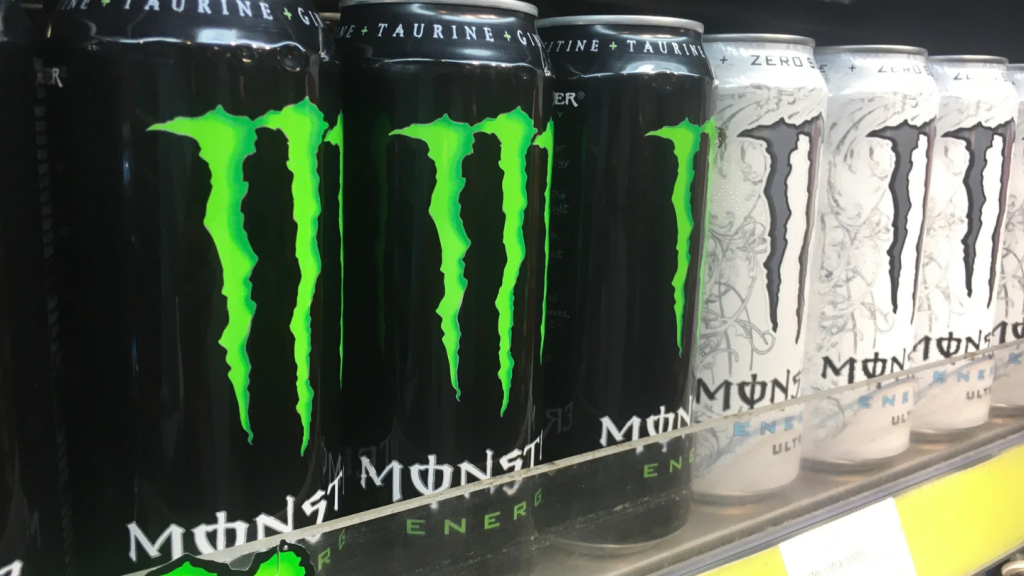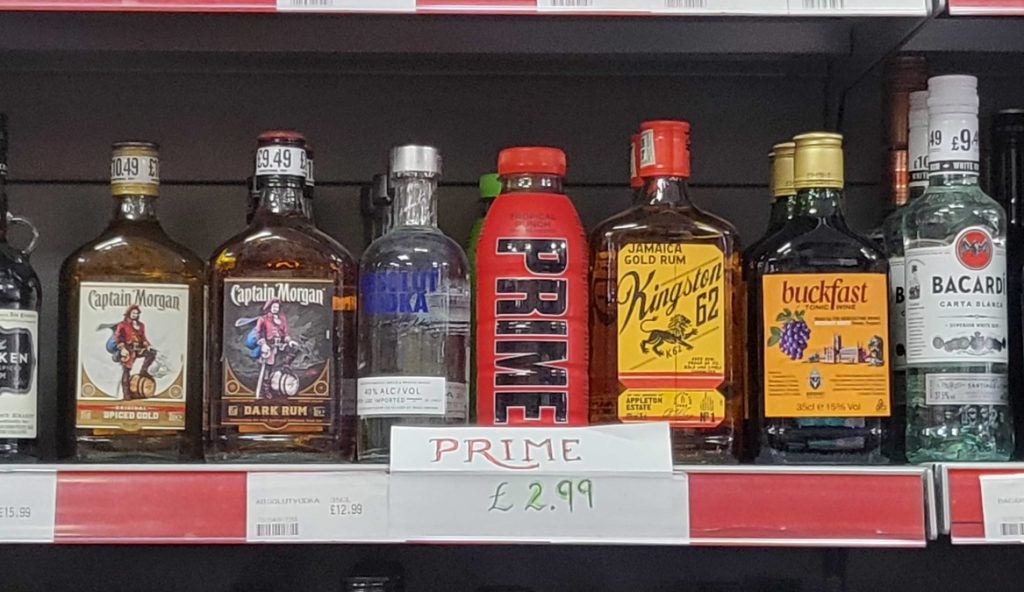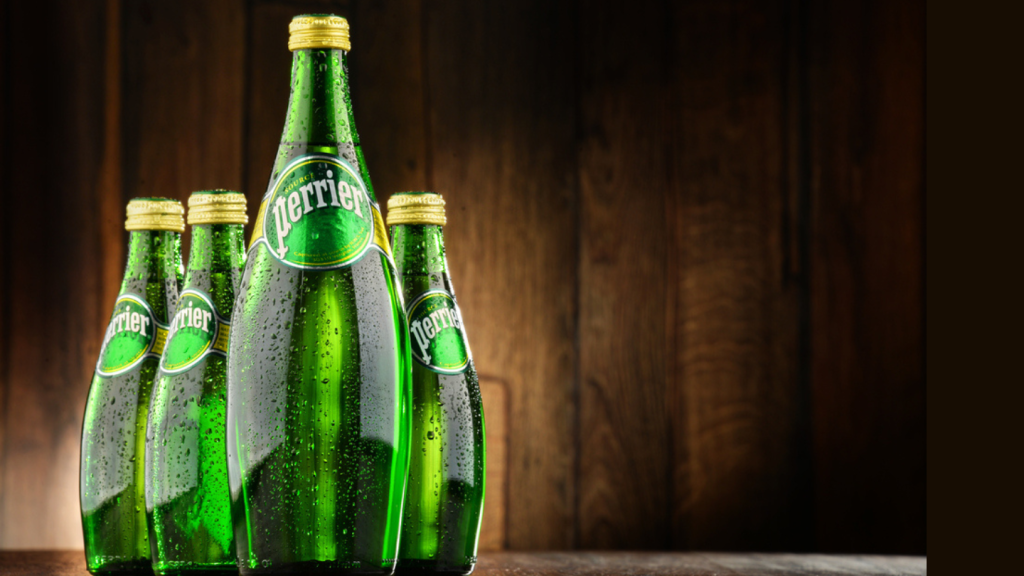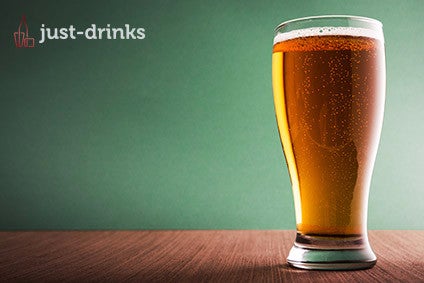
As the end of the year approaches, just-drinks looks back at the stories that made the headlines in 2016 across the global drinks industry. Here, editor Olly Wehring picks out the highs and the lows for the beer category.
Anheuser-Busch InBev completes SABMiller purchase
The scene had been set in the latter half of 2015: Anheuser-Busch InBev was set to spend 2016 – and beyond, if some commentators were to be believed – working to complete its US$104bn takeover of SABMiller. This was it: The big one; the third largest takeover in corporate history. And, it was going to take time to sort out.
Most of the hurdles ABI needed to clear were known from the start: regulatory clearance in South Africa, China and the US were the big ones. In South Africa, the brewer was moved to make a raft of concessions, including promising in April that there would be no involuntary job losses in the country, and agreeing in May to offload SAB’s 27% stake in Distell. The country’s Competition Tribunal gave its nod in late-June.
In the US, the proposed sell-off to Molson Coors of SAB’s half of their MillerCoors JV in the country did the trick: Despite concerns voiced by the Brewers Association, the Department of Justice granted conditional approval in July. Then, a week later, China’s Ministry of Commerce was placated enough by ABI’s divestment of SAB’s stake in China Resources Snow Breweries to partner China Resources Beer to also okay the deal.
In the background, however, we witnessed one final twist in the tale. The UK’s vote in late-June to leave the European Union sent the value of the UK pound – SABMiller’s reporting currency – into freefall. All of a sudden, ABI’s offer didn’t seem quite so tasty. Within a month, ABI had raised its bid by GBP1 per share, a move that had been forced by disgruntled SAB shareholders. The next day, word reached just-drinks that SAB had pulled out of integration discussions with ABI. No sooner had we got out popcorn, however, than SAB’s board accepted the new offer. SAB became part of ABI in early-October, 13 months after the whole adventure kicked off. Let the cost savings begin.
Pleasing the authorities – The SAB sell-offs
As ABI prepared its troops for the off, other brewers jostled for position. Within the first week of 2016, Carlsberg was moved to distance itself from three of SAB’s European brands that ABI was looking to hive off. A few days later, Asahi emerged as the front runner for Grolsch, Meantime and Peroni Nastro Azzuro, although the Japanese company was not guaranteed a clear run at the three: Fraser & Neave, a unit of ThaiBev, confirmed in late-January its interest in Grolsch and Peroni. The news prompted Asahi to step up its interest, submitting an offer in February of US$2.9bn. The bid worked – ABI accepted the offer in April, with Asahi setting up a European unit in the same week as ABI’s SAB takeover completed.
How well do you really know your competitors?
Access the most comprehensive Company Profiles on the market, powered by GlobalData. Save hours of research. Gain competitive edge.

Thank you!
Your download email will arrive shortly
Not ready to buy yet? Download a free sample
We are confident about the unique quality of our Company Profiles. However, we want you to make the most beneficial decision for your business, so we offer a free sample that you can download by submitting the below form
By GlobalDataThe two main SAB divestments had been lined up long before completion of the transaction. In the US, Molson Coors was all too eager to take control of the MillerCoors JV, as was China Resources Beer when it came to the China Resources Snow Breweries entity – the latter was none-too-surprising, considering the bargain-basement price of just $1.6bn for the owner of the world’s largest beer brand. All that was left on the shelf is SAB’s operations in Central and Eastern Europe and the former company’s stake in Distell. However, in December, Asahi stepped up once more, acquiring SAB’s footprint in Hungary, Romania, Czech, Slovakia and Poland for $7.7bn.
Here come the Japanese
Asahi’s spending this year is just the latest attempt by Japanese drinks companies to break out beyond their domestic market. As Japan continues to steadfastly refuse to offer its brewers any growth to speak of, the likes of Asahi, Kirin, Sapporo and Suntory have made no secret of their desire to venture beyond the country’s shores: In February, Asahi confirmed its intention to “expand the global foundation for growth, leveraging strengths to drive the group’s sustained growth“. The beer category this year offered ample opportunity for the company to do just that and, despite Kirin taking a hit last year from its Schincariol brewing unit in Brazil, be aware that Japan’s Big Four will remain on M&A alert. Indeed, Sapporo will likely have a blue Christmas, after ABI rebuffed its open request to split out SAB’s Central & Eastern European operations.
Vietnam – the next battleground
A potentially fruitful market for international brewers is Vietnam. With output forecast to soar in the coming years and local dominance by the likes of Habeco and Sabeco, the stage was set in 2016 for Vietnam to become the next brewing battleground. The prospects weren’t wasted on Carlsberg,which added to its brewing presence in February and launched Tuborg in the country in April. Heineken also got involved, snapping up the Vung Tau brewery in the south of the country (from Carlsberg, ironically) in July.
Attention turned also to the fore-mentioned domestic players, the state-controlled Habeco (Hanoi Beer Alcohol & Beverage Corp) and Sabeco (Saigon Beer Alcohol & Beverage Corp). With the global brewers sniffing, Sabeco (5% of which is held by Heineken) started fluttering its eyelashes in September. “Sabeco doesn’t care if the buyer is an international or domestic company,” said CEO Le Hong Xanh. “All we care about is who will pay the most.” Two months later, and the Government plumped for a stock listing, with the company’s share price leaping by over a third in its first week. At Hanoi-based Habeco, meanwhile, Carlsberg has spent the latter part of 2016 trying to up its holding. With the state looking for the best return on its majority holding, will Carlsberg succeed in upping its 17% interest in the brewer?
Africa
In Africa, Nigeria turned into a major trouble spot in 2016. Early in the year, Heineken, which dominates the beer market in the country, flagged its Nigerian fears, as falling oil prices hit the Naira currency. A possible devaluation weighed on Heineken’s mind, as the poor economic climate pulled consumers’ beer choices downwards. Diageo attempted to ride the storm out, upping its use of Nigerian-sourced raw materials instead of importing them. The move did not come quickly enough to save the group’s Guinness Nigeria division, which in September reported net losses on a marked sales slide in fiscal-2016.
As he approached the end of his tenure, SAB CEO Alan Clark warned in May that Africa in general was set to struggle with an “ongoing risk to currency”. “We’re certainly seeing currency fluctuations in a number of African markets,” Clark said. “We will see ongoing volatility through the course of the year.”
Asia
As is normally the case, China dominated the Asia beer headlines this year. The country’s beer market underlined the theory that it is very much a volume play, even if the head of ABI can see reasons to be optimistic at the premium end. In March, domestic brewer Tsingtao saw its sales volumes fall faster than the overall market, while in the same month, China Resources Beer warned that the market is ripe for consolidation “especially at the expense of smaller regional players”. Two months later, Carlsberg admitted it would have to close more breweries in the country, noting also that it was “less positive” on Asia on the whole. Indeed, Heineken complained in May that the “vast majority” of China’s 500m-hectolitre beer market makes no profits.
At ABI, meanwhile, CEO Carlos Brito pointed to the premium segment as offering grounds for positivity in the country. In February, he noted that the higher-priced segments were growing markedly in China as the mainstream fell back. He followed this in May with similar upbeat noises: “I think we are poised for bright business in China,” he said, reiterating the healthier high-end.
Russia
Long the problem child for brewers – particularly market leader Carlsberg – Russia would have appeared this year to have found the bottom of its current cycle. Against a background of brewery closures and job cuts in the country, Carlsberg was moved in March to restate its support for its Baltic Beverages Holding in the country. “Although Russia currently faces macroeconomic challenges,” said CEO Cees ‘t Hart, “we believe that the market offers many opportunities. We will navigate through the challenging times and ensure we are ready to capture the opportunities as they arise.” Has the group’s persistence paid off? Figures released last month certainly suggest a brighter future, with Carlsberg’s third-quarter volumes in the country leaping by 16%.
As well as China. ABI seems to be having a better time than most in Russia. A report in late-March claimed that brand Budweiser is going great guns in the country, growing its sales by double digits. Even so, word reaches us that the group may be looking to consolidate its Russian footprint. Will we soon see ABI merge its operations with Anadolu Efes in the country?
The US hits peak craft?
And, as Russia’s beer market hit the bottom in 2016, has the craft beer segment in the US topped out? Take your pick: Are we talking maturation or saturation in the sector? Figures released in March pointed to the end of the good times for craft in the country, with 2015 sales growth in both value and volume terms showing signs of a slowdown. Then, towards the end of the month, the Brewers Association noted that craft exports were also slowing. The sector was rapidly approaching its saturation point, warned the founder of Boston Beer Co in April, while the chief economist at the Brewers Association preferred the term “maturation” to describe the current status in July.
Irrespective, growth is growth: the Hop Growers of America credited craft beer with driving the hop harvest level to its second consecutive record year. Then, earlier this month, the number of craft brewers in the country broke the 5,000-barrier for the first time.
The real colour came in October, when an off-hand comment by ABI’s CEO sent the craft segment into kitten-having territory. Beer drinkers – and beer shelves – have a limited palette, argued Brito in a conference call. “There’s only so much shelf space that you can share and cold box that you can spilt,” he said, adding that consumers were “a bit tired of choice and go for fewer brands”. What followed was the kind of purist hand-wringing one might expect from craft fans. Later that week, Molson Coors’ CEO, Mark Hunter tipped craft fans over the edge, when he backed up Brito’s claims. “I think what you are starting to see,” said Hunter, “is probably over-supply of flavours and SKUs… both retailers and consumers are trying to make sense of the plethora of choice.”
But, hey, there’s only one thing worse than being talked about, right?
Craft purchases break beyond the US
On the M&A front, there was a distinctly international flavour within craft. Granted, we saw plenty of activity in the US through, among others, MillerCoors and its moves to take majority control of Terrapin Beer Co in July, and to acquire Hop Valley Brewing Co and buy a stake in Revolver Brewing, both in August. But, making the headlines were transactions such as ABI’s in Italy, where it netted Birra del Borgo, Kirin’s Lion buy in Australia of Byron Bay Brewing Co, Molson Coors’ Canadian play for Brasseur de Montreal and Kirin’s Lion (again) buying New Zealand’s Panhead Custom Ales.
Back in the US, though, and ABI drew some unwanted interest in its craft strategy this year. The brewer’s purchase of SAB invited light to be shone on all of its future acquisitions; so much so that, in September, the country’s Justice Department warned it would “carefully scrutinise any future craft acquisitions by AB InBev“. Even so, this year the brewer has bought Devils Backbone Brewing Co, in April, and Karbach Brewing Co, last month. Of particular note was the news in August that it has lined up the potential full takeover of one of the larger craft players, Craft Brew Alliance. Much as CBA’s chief, Andy Thomas, told us in October that a sale to ABI was “not a done deal”, what is the likelihood of ABI seeing things so uncertainly?
Oh, and remember how the Japanese are coming? In October, Kirin acquired a near-25% stake in Brooklyn Brewery.Yes, they’re coming alright.
The US – Constellation’s Mexican playground
One sub-category that has enjoyed a bumper year in the US is Mexican beer, which has benefitted from a wave created – and surfed – by Constellation Brands. So big is the wave that other international brewers have upped their activity in this booming segment. The only blot on the landscape, though, is Trump-shaped.
Constellation’s 2013 acquisition from Grupo Modelo of full ownership of the Mexican brewer’s share in their US JV looks like the gift that won’t quit giving. The US multi-category group continues to post stellar figures quarter to quarter and can’t brew the Modelo brands, such as Corona Extra, fast enough – the year started with Constellation revealing plans to build another brewery and up capacity at its existing facility. The company’s beer operations have become such a cash cow that Constellation, once best known for its wine focus, could split into two, with beer meriting its own operational base and wine and spirits combining in a separate entity: October’s offload of the Canadian wine division suggests a consolidatory approach in all but beer for Constellation.
Not wanting to get left behind, in March, ABI’s US division readied the launch of its Estrella Jalisco Mexican brand in ten states. Heineken joined the gold rush a month later, updating the look and marketing for the Tecate variants
But, much as Mexican beers have had a year to remember in the US, last month’s election of Donald Trump as the country’s next president has prompted a sharp intake of breath. Could a Trump presidency – and its aggressive anti-Mexico position – strip out Constellation’s core beer base in the country? Trump’s sheer unpredictability makes this an impossible question to answer right now, regardless of the drinks company’s calming noises.
Doing good and drinking less
On the trends front, two clear movements have come to the fore, one an ongoing project not only for brewers but for all drinks companies, the other based on the realisation that the new consumers coming through just aren’t engaged in either drinking to excess or drinking to get drunk. The global alcohol industry raised its enthusiasm this year for the idea of providing nutritional information for drinkers. In early-January, ABI’s UK arm sprung out of the traps, confirming its intention to include information on its beers that goes “above and beyond” the minimum requirements agreed between European brewers, Later in the year, the US jumped onboard, with the Brewers’ Voluntary Disclosure Initiative, spearheaded by The Beer Institute, coming into play. Transparency at last! Credit is due also to the world’s brewers for this year’s Global Beer Responsibility Day, in September. For many, the alcohol industry can never do enough to promote responsible drinking, but activity such as this (and adverts like this, from Heineken, and this, from ABI) indicate a proactive approach that should chime well with consumers.
The approach of Millennials to consuming alcohol looks set to provide both a headache and an opportunity for the likes of the world’s beer producers. Over the last 12 months, we’ve been inundated with launch details of alcohol-free variants: The most high-profile dropped in May, when ABI’s Canadian unit released Prohibition Brew, a 0% abv extension of Budweiser. And, following a successful trial in Denmark, could Carlsberg look to extend the availability of Nordic beyond its home market? If Heineken’s European success for its no- and low-alcohol stable – and Brito’s comments in April – are anything to go by, 2017 looks like carrying a lower abv than 2016 has.



